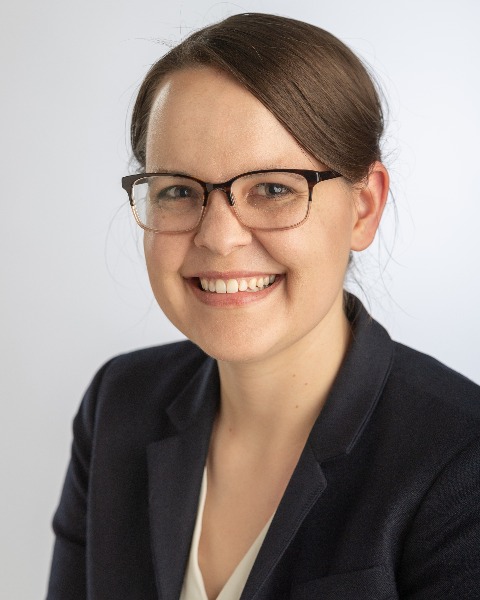Section Session
WINS
Section Session: Peripheral Nerve
(SSPN) Louise Eisenhardt Travel Scholarship (2023 Award Winner): Development of Shoulder Subluxation in Children with Conservatively Managed Neonatal Brachial Plexus Palsy
Sunday, April 23, 2023
3:51pm - 3:59pm PST
Location: Los Angeles Convention Center, 403B

Whitney E. Muhlestein, MD
Resident Physician
University of Michigan
Ann Arbor, Michigan, United States
Presenting Author(s)
Disclosure(s):
Whitney E. Muhlestein, MD: No financial relationships to disclose
Introduction: Limitations in shoulder external rotation (ER) in patients with neonatal brachial plexus palsy (NBPP) can lead to abnormal development of the shoulder joint, with posterior subluxation of the humeral head. We hypothesize that some children who fail to recover shoulder ER active range of motion (AROM) do so because they develop shoulder subluxation, which can mechanically inhibit movement. Here, we describe the incidence of image-proven shoulder subluxation in children with conservatively managed NBPP and identify risk factors for subluxation development.
Methods: We performed a retrospective analysis of a prospectively collected database of all patients referred to a single institution for NBPP from 2005-2020 who were managed non-operatively. AROM for shoulder ER, defined as -90⁰ to 90⁰, was collected at each clinic visit. Ultrasound or MRI was used to evaluate for shoulder subluxation in those with high clinical suspicion. Descriptive statistical analyses were performed.
Results: 297 children met study criteria, 193 (65%) of whom had limitations in shoulder ER AROM on presentation (mean -13.3⁰). 69/193 children underwent imaging and 26 had confirmed shoulder subluxation. Of those imaged, there was no difference in initial shoulder ER AROM, Narakas score, or follow-up between those with and without subluxation. Children with subluxation did present later than those without (5.2 months v 2.6 months, p = 0.03). At an average follow-up of 5.7 years, those with subluxation were significantly less likely to have recovery of full ER AROM than those without (3.8% vs 32.6%, p = 0.02).
Conclusion : 13.5% of children with limited shoulder ER develop shoulder subluxation, and only 3.8% of these have full recovery of shoulder ER. Importantly, children who present to a specialty center later are more likely to have image-proven shoulder subluxation. These data suggest that, particularly for late-presenters, conservative management alone may not be sufficient for recovery of shoulder ER in NBPP.
Methods: We performed a retrospective analysis of a prospectively collected database of all patients referred to a single institution for NBPP from 2005-2020 who were managed non-operatively. AROM for shoulder ER, defined as -90⁰ to 90⁰, was collected at each clinic visit. Ultrasound or MRI was used to evaluate for shoulder subluxation in those with high clinical suspicion. Descriptive statistical analyses were performed.
Results: 297 children met study criteria, 193 (65%) of whom had limitations in shoulder ER AROM on presentation (mean -13.3⁰). 69/193 children underwent imaging and 26 had confirmed shoulder subluxation. Of those imaged, there was no difference in initial shoulder ER AROM, Narakas score, or follow-up between those with and without subluxation. Children with subluxation did present later than those without (5.2 months v 2.6 months, p = 0.03). At an average follow-up of 5.7 years, those with subluxation were significantly less likely to have recovery of full ER AROM than those without (3.8% vs 32.6%, p = 0.02).
Conclusion : 13.5% of children with limited shoulder ER develop shoulder subluxation, and only 3.8% of these have full recovery of shoulder ER. Importantly, children who present to a specialty center later are more likely to have image-proven shoulder subluxation. These data suggest that, particularly for late-presenters, conservative management alone may not be sufficient for recovery of shoulder ER in NBPP.
